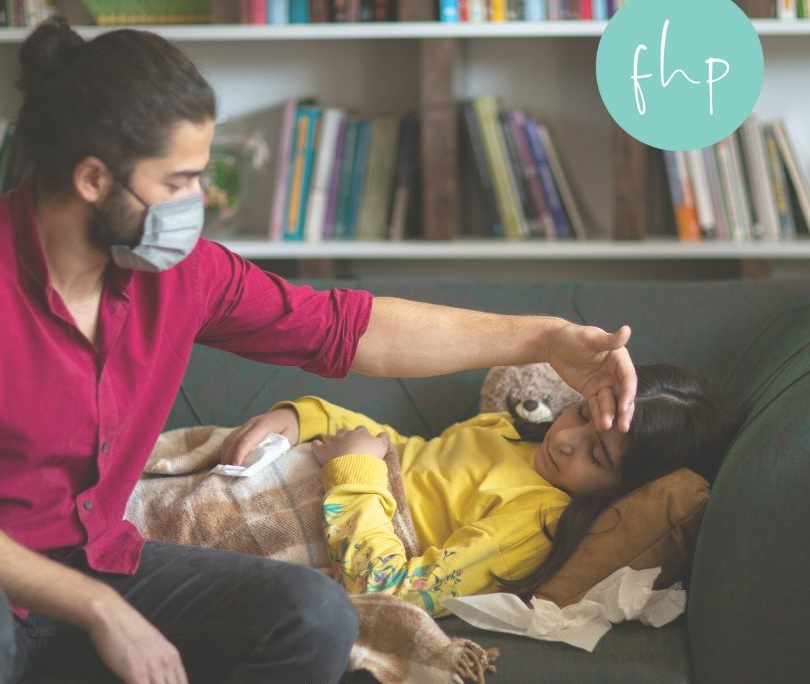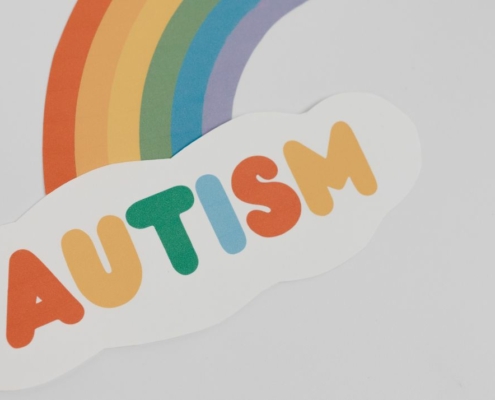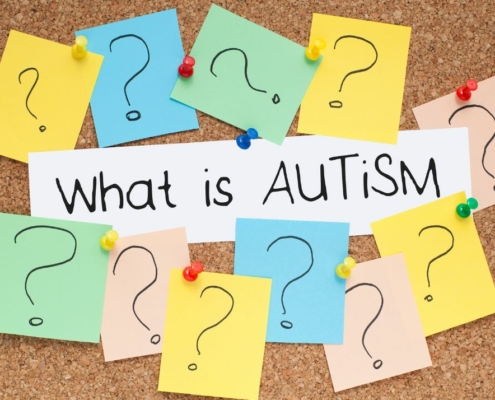Navigating Social Media with Teens and Tweens: A Guide for Parents

We understand that navigating social media with teens and tweens can be a challenging task for parents. Social media is an integral part of your child’s life, offering a platform for connection, creativity, and learning. However, it also presents risks that need to be carefully managed. Here are some tips from our office to help you guide your child’s social media use in a healthy and responsible way.
- Open Communication is Key
Start by having open and honest conversations about social media. Ask your child what platforms they’re using, who they’re interacting with, and what they’re sharing. Make it clear that they can come to you with any concerns or questions. Encourage them to be mindful
- Set Clear Boundaries
Establish clear rules about social media use. This could include setting screen time limits, defining appropriate content, and deciding when and where devices can be used. For example, consider requiring that devices be used in common areas rather than in bedrooms to help monitor usage. Regularly review privacy settings together to ensure their accounts are secure.
- Educate on Online Safety
Teach your child about online safety, including the importance of protecting personal information and recognizing potential dangers like cyberbullying or inappropriate content. Make sure they know how to block and report users who make them uncomfortable. It’s also important for them to understand the consequences of sharing personal information and the risks of interacting with strangers online.

- Promote a Healthy Balance
Encourage a healthy balance between online and offline activities. While social media can be a fun and engaging way to connect with friends, it’s important that it doesn’t replace face-to-face interactions, physical activity, or academic responsibilities. Encourage hobbies, sports, and family time as part of their daily routine.
- Be a Role Model
Children often mimic the behaviors they see in their parents, so be mindful of your own social media use. Model healthy habits by limiting your screen time, interacting positively online, and maintaining a balance between digital and real-world activities.
- Monitor and Adjust
Finally, keep an eye on your child’s social media activity and be ready to adjust rules as needed. As they grow older and demonstrate responsibility, you may decide to grant them more independence. However, if issues arise, don’t hesitate to step in and reassess the guidelines.

Navigating social media with teens and tweens is a dynamic process that requires ongoing attention and adaptation. By fostering open communication, setting clear boundaries, and educating your child on online safety, you can help them enjoy the benefits of social media while minimizing the risks.
If you have any concerns about your child’s social media use or its impact on their well-being, please feel free to reach out to our office for guidance and support.



























